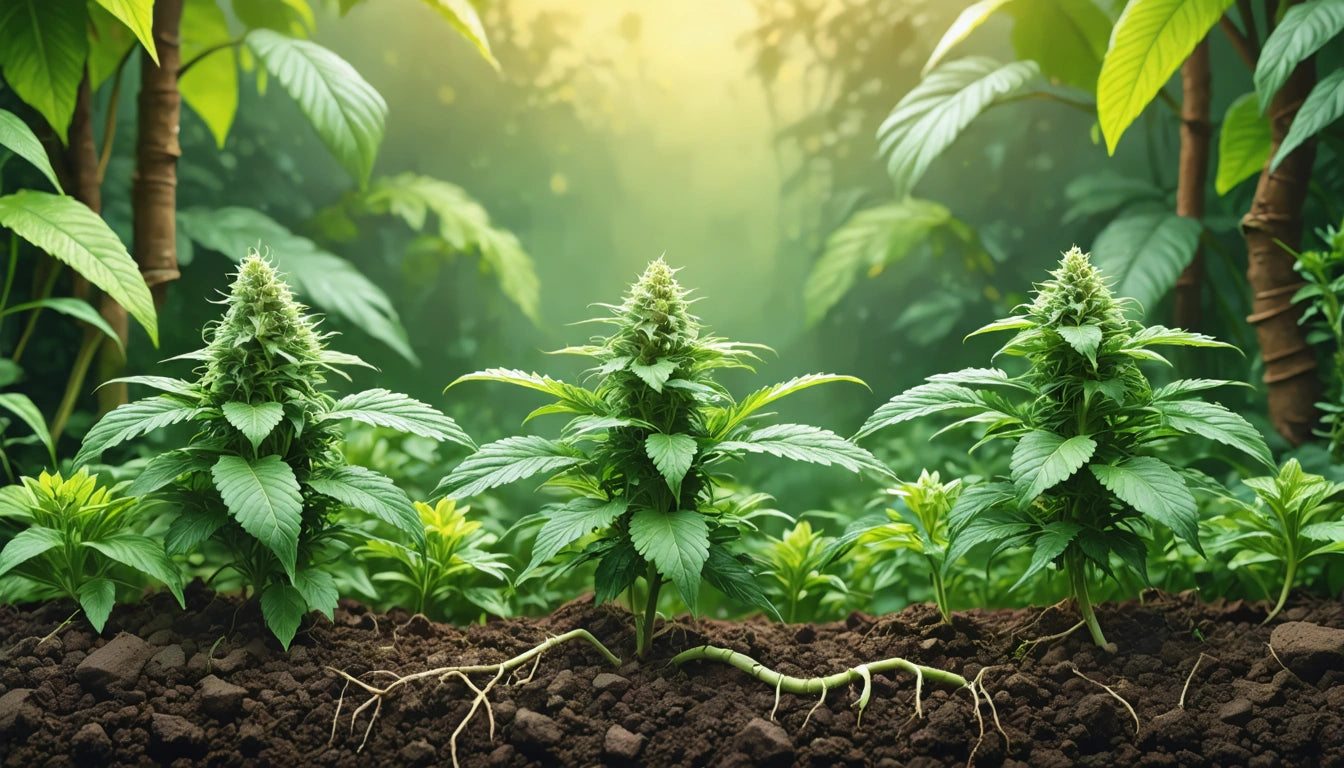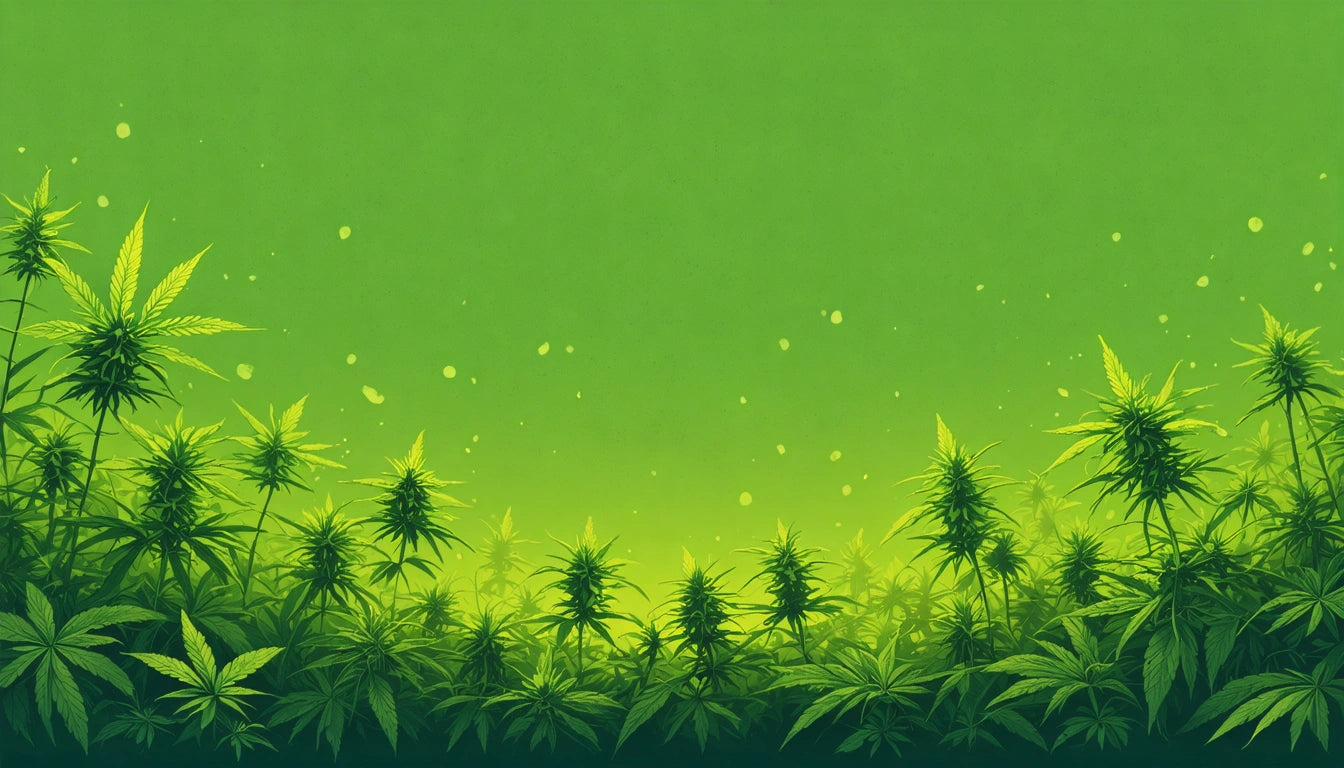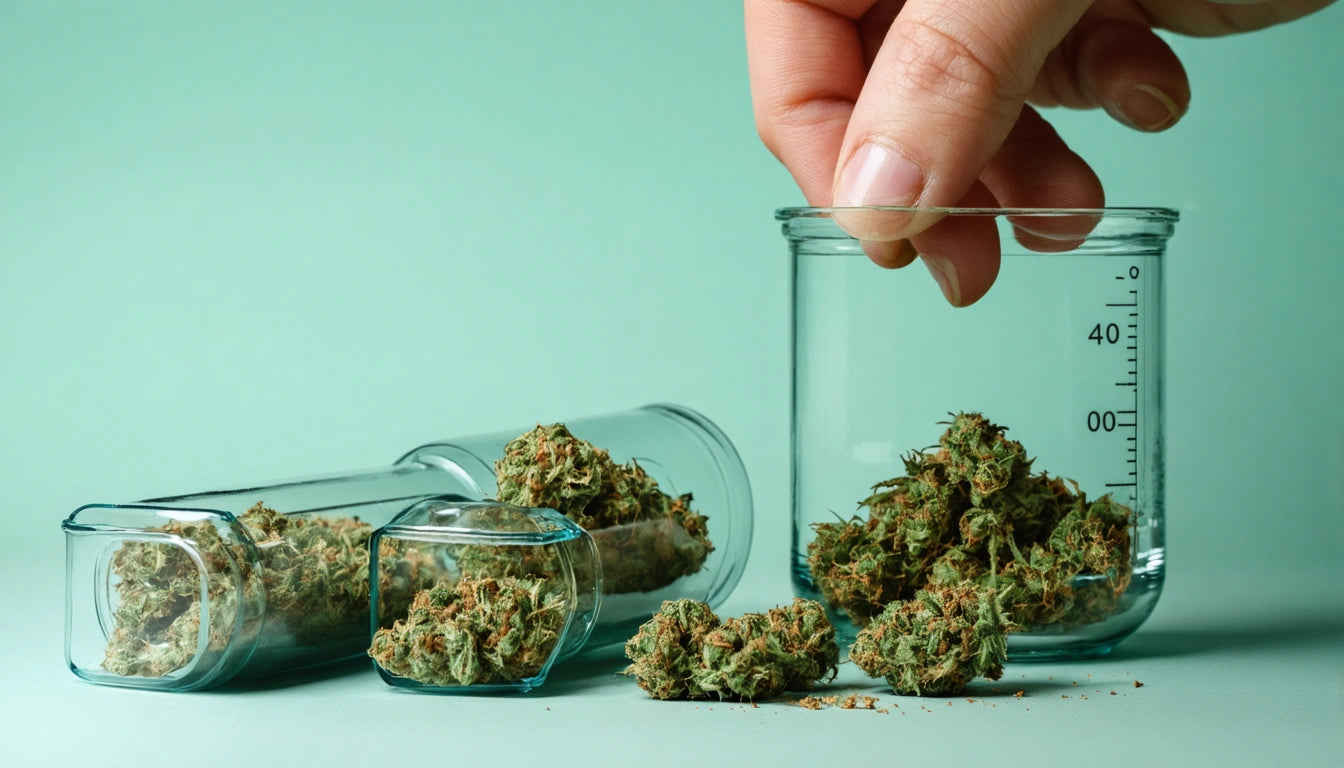Table of Contents
- Understanding Cannabis Harvest Timing
- Vegetative Stage Duration: How Long Should I Veg for Best Yield
- Visual Indicators of Harvest Readiness
- Trichome Examination: The Most Reliable Method
- Time of Day Considerations for Harvesting
- Strain-Specific Timing Variations
- Post-Harvest Best Practices for Preserving Quality
Optimal Timing for Harvesting Pot Plants for Maximum Yield
Determining the best time to harvest pot plants is crucial for maximizing both yield and potency. Cannabis cultivators know that timing can significantly impact the final product's quality, potency, and overall effects. This comprehensive guide explores the key indicators and considerations to help you determine when your plants are ready for harvest.
Understanding Cannabis Harvest Timing
Cannabis plants typically go through several distinct growth phases before they're ready for harvest. After the vegetative stage, plants enter the flowering phase, which generally lasts between 7-12 weeks depending on the strain. Proper harvest timing is about finding the perfect balance between plant maturity and desired effects.
Most cultivators agree that harvesting too early results in lower yields and reduced potency, while harvesting too late can lead to degradation of THC into CBN, creating more sedative effects. Understanding this window of opportunity is essential for achieving your desired outcome.
Vegetative Stage Duration: How Long Should I Veg for Best Yield
Before flowering begins, the vegetative stage is where plants build their structure and potential for yield. Many growers wonder how long they should keep plants in this growth phase for optimal results.
For indoor grows, most cultivators recommend a vegetative period of 4-8 weeks. Longer vegetative periods (6-8 weeks) typically result in larger plants with more bud sites and potentially higher yields. However, spatial constraints must be considered, as plants can double or triple in size during flowering.
Outdoor growers are generally bound by seasonal changes, with plants naturally transitioning to flowering as daylight hours decrease. Strategic planning of germination timing can help maximize the vegetative growth period before natural flowering begins.
Visual Indicators of Harvest Readiness
When determining when is the best time to harvest pot plants, several visual cues can guide your decision:
- Pistil coloration: White pistils turning amber/brown (70-90% darkened)
- Leaf changes: Fan leaves yellowing and falling off
- Calyx swelling: Buds becoming dense and firm
- Resin production: Visible increase in trichome coverage
- Slowed growth: Plant stops producing new white pistils
These indicators should be used collectively rather than relying on a single sign. Determining the perfect harvest time requires observing multiple factors simultaneously.
Trichome Examination: The Most Reliable Method
While visual cues are helpful, examining trichomes under magnification provides the most accurate indication of harvest readiness. Trichomes are the tiny, mushroom-shaped glands that contain cannabinoids and terpenes.
You'll need a jeweler's loupe or digital microscope with at least 30x magnification. For optimal potency, look for these trichome changes:
- Clear trichomes: Too early, underdeveloped cannabinoid profile
- Cloudy/milky trichomes: Peak THC production, energetic effects
- Amber trichomes: More CBN, relaxing/sedative effects
Most cultivators harvest when trichomes are approximately 70-80% cloudy and 20-30% amber for a balanced effect. For more energetic effects, harvest when most trichomes are cloudy but before they turn amber. For more sedative effects, wait until more trichomes have turned amber.
Time of Day Considerations for Harvesting
Beyond determining which day to harvest, the time of day can also impact your results. Research on day versus night harvesting suggests that early morning harvesting (just before lights turn on or shortly after sunrise) may provide optimal terpene preservation.
During the night cycle, plants transport sugars and starches from leaves to roots, resulting in less sugary plant material at dawn. This can potentially lead to a smoother final product. Additionally, cooler morning temperatures help preserve volatile terpenes that might evaporate in midday heat.
Strain-Specific Timing Variations
Different cannabis varieties have unique flowering periods and harvest windows:
- Indica-dominant strains: Typically 7-9 weeks flowering time
- Sativa-dominant strains: Usually 10-12+ weeks flowering time
- Autoflowering strains: Generally ready 10-12 weeks from seed
Always research your specific strain's expected flowering duration and adjust your observations accordingly. Seed banks and breeders typically provide estimated flowering times that serve as useful guidelines.
When growing multiple strains, consider using proper storage solutions like mylar bags to keep your harvested product fresh while waiting for other plants to mature. This ensures each plant can be harvested at its optimal time without compromising storage quality.
Post-Harvest Best Practices for Preserving Quality
Once you've determined the best time to harvest pot plants and completed the cutting, proper post-harvest handling is essential for preserving the quality you've worked so hard to achieve. Proper drying and curing are critical steps that can enhance or diminish your final product.
Drying should occur slowly (7-10 days) in a dark room with controlled temperature (60-70 °F) and humidity (45-55%). Following drying, a proper cure in sealed containers for 2-8 weeks allows for the breakdown of chlorophyll and enhancement of flavor profiles.
The harvest timing decisions you make directly impact not only yield but the entire post-harvest process. Properly timed harvests lead to easier trimming, better drying, and ultimately superior final products.
By carefully observing your plants, understanding their growth cycles, and patiently waiting for the optimal harvest window, you'll maximize both the quantity and quality of your cannabis harvest. Remember that experience is the best teacher, and keeping detailed records of each harvest will help refine your timing for future growing cycles.











Leave a comment
All comments are moderated before being published.
This site is protected by hCaptcha and the hCaptcha Privacy Policy and Terms of Service apply.